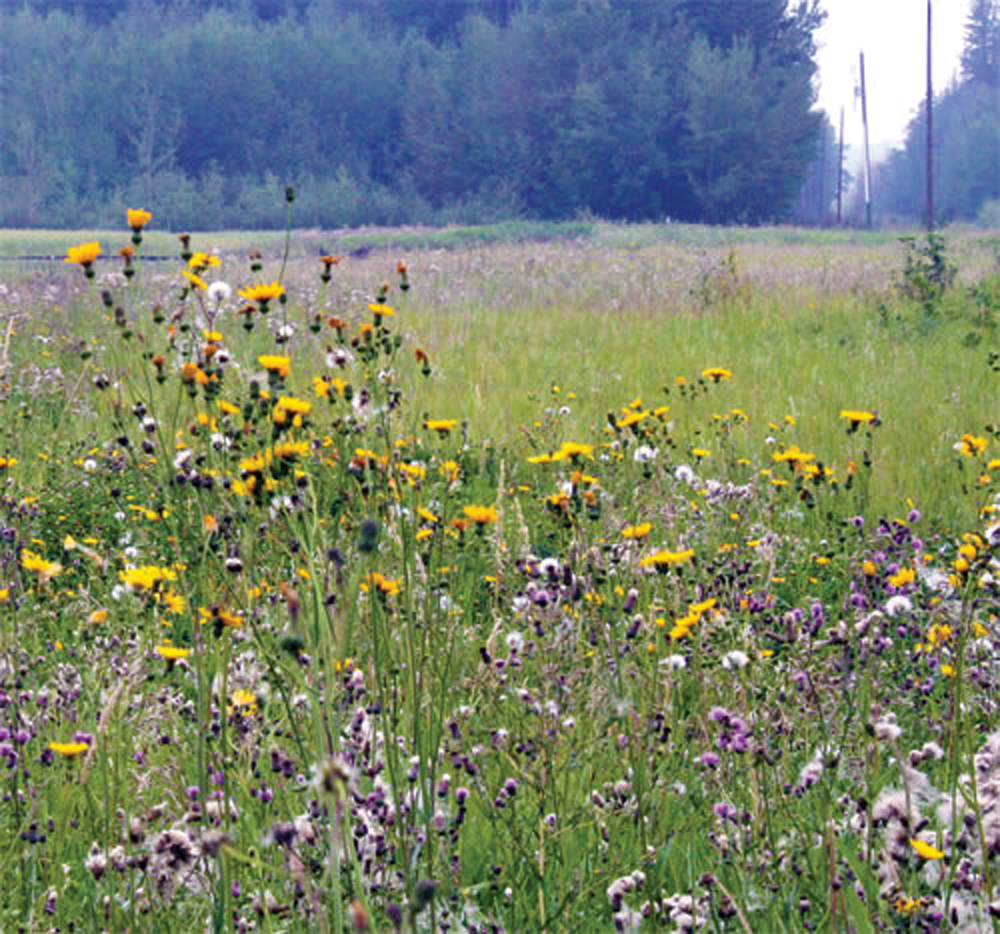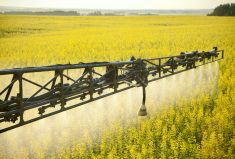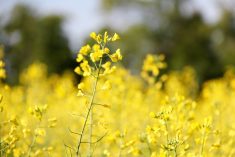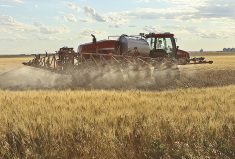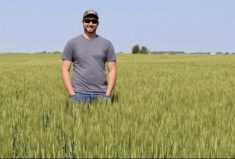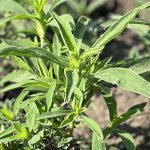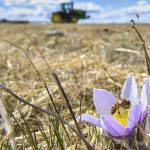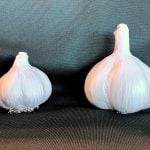Often found in high densities across Alberta, perennial sow thistle seems to be a noxious weed that doesn’t quit.
Not only does this pest cause significant yield loss in many crops, but it’s a host for several plant pests that attack economically important crops such as alfalfa, winter wheat and canola — just to name a few.
Fairly widespread from the northeast region of the province all the way to the southern border, perennial sow thistle does best in moist, fertile soils with full sunlight. But it has also adapted well to saline soils. And it is a risky plant in riparian areas as decaying sow thistle emits chemicals which can negatively affect the seed germination of other species.

Perennial sow thistle is a deep-rooted weed that spreads via wind-blown seeds and creeping roots. Yellow, dandelion-esque flower clusters sit at the top of upright stems surrounded with waxy prickled leaves at the base of the plant.
Controlling perennial sow thistle requires a management strategy that reduces weed competition, prevents seed production, and can include a little soil disturbance (which can break up and exhaust fleshy horizontal creeping roots). If this weed becomes established, other control measures are available such as growing competitive crops (such as perennial grasses), using higher seeding rates when planting, mowing to prevent seed production, and hand-pulling seedlings. Chemical controls are also available for perennial sow thistle, however, herbicide resistance is a problem and increased rates may be necessary.
Read Also

Alberta crop insurer says carbon levels can lower costs
AFSC says soil carbon levels could change how much a farmer pays for crop insurance.
For more information on this or any invasive plant, contact your local agricultural fieldman or the Alberta Invasive Species Council.
Aimee Delaney is a conservation assistant for Red Deer County.

